*** Proof of Product ***
Exploring the Essential Features of “Pain Symposium: An Evidence-Based Toolkit to Retrain the Brain – Lorimer Moseley, Beth Darnall & Perry Nickelston”
The Premier Pain Science Course…
Bringing Evidence-Based Pain Management SOLUTIONS that Work
The concept of pain management all too often leaves more questions than answers. Many of today’s current treatment models have failed.
This is your opportunity to break the pattern and acquire NEW skills that empower patients to take their lives back! We’ve gathered a multi-disciplinary panel of world-renowned pain experts to share their powerful framework that unlocks:
- Key strategies for explaining pain to patients
- How to safely re-introduce movement, even when it’s painful
- Effective psychological strategies that calm the nervous system
- Non-pharma approaches for pain management
The biomedical model is limited – you need whole body integrated treatment! With the perfect blend of pain science, psychology, manual therapy & exercise – this comprehensive training will completely reframe the way you approach the treatment of chronic pain and take your practice to the next level.
Featuring the biggest names in the field including Dr. Lorimer Moseley, Dr. Adriaan Louw, Dr. Beth Darnall, Dr. Karen Pryor and 6 additional experts…
This one-of-a-kind course offers NEW perspectives for SUCCESSFUL treatment of pain.
- You’ll discover:How to access pain at the origin, the central nervous system
- Techniques to retrain the brain including the use of neuroplasticity
- How to prevent practitioner burnout
- Strategies to address emotional contributions to chronic pain
- Non-opioid treatment that embraces pain science, manual therapy, the importance of movement and MORE
Treatment does not have to be hopeless for the patient OR the practitioner – quality of life outside of persistent pain is possible!
COURSE OUTLINE
The Fit for Purpose Model of Pain and the Bioplasticity of Recovery
Lorimer Moseley, DSc, PhD, FAAHMS, FACP |
Join one of the world’s most influential pain neuroscientists, Lorimer Moseley, as he shares advances in managing one of the greatest challenges in healthcare – pain. Expect current viewpoints and age-old philosophies to be challenged as we examine a new frontier of managing persistent pain. You will be provided with theoretical and reasoning models to guide modern science application in clinical practice. This clinical framework will assist in effective planning of patient recovery. Obtain tools to enable, empower and optimize patient recovery.
Empowered Relief™: A Brief and Scalable Solution for Chronic Pain Management
Beth Darnall, PhD |
Join Stanford pain scientist, clinical psychologist, author and international speaker Beth Darnall, PhD, as she introduces Empowered Relief™. Empowered Relief™ is a NIH-funded single-session 2-hour intervention that rapidly equips participants with effective pain relief skills. Remarkably, this method may be delivered by ALL healthcare providers! Avoid a singular focus on interventional and procedural approaches to chronic pain management. Empowered Relief™ complements traditional treatment strategies for meaningful ‘whole-person’ pain management.
Contributions of the Abdominal Ganglia in Chronic Pain
Perry Nickelston, DC, NKT, FMS, SFMA |
There is no such thing as an isolated injury in the body. There is no such thing as isolated healing. Chronic debilitating pain is solvable in most instances with the proper skillset and patient participation. Discover techniques to achieve sympathetic/parasympathetic balance of the nervous system to reduce persistent muscle tension and pain. Additionally, we will examine how the abdomen relates to full body chronic pain issues and identify an elusive cause of chronic symptoms. Don’t miss this opportunity to expand your clinical skillset and improve treatment outcomes.
Knowing Pain is Not Treating Pain
Adriaan Louw, PT, PhD |
Learn directly from one of the great contributors to pain neuroscience, Adriaan Louw, PT, PhD. Our understanding of pain and how we process persistent pain may offer more clinical value than the actual underlying physical pathology! Discover the evolution and evidence for pain neuroscience education (PNE) AND get clear guidance for screening and when to apply PNE. You’ll leave with an understanding of how to incorporate PNE, where, and why.
PAIN – It’s all in your head, or at least that’s a place to start
Karen Pryor, PhD, PT, DPT, ND, CH, CFPS |
Do you have patients that have had an injury or surgery and start with acute pain that have converted to chronic pain? How does this happen and what can we do about it? What role does neuroplasticity serve in treating chronic pain? We will dive into the science of internal and/or external pain of the neck, back, upper and lower extremities. Pain may have deeper roots than the wounds we see. Discover how to tap into pain directly at the source, the central nervous system vs treating the body with limited resolution of the pain experience.
The Hidden Influences and Language of the Nervous System
Mica Foster, DC |
Two individuals experience the exact same painful stimulus yet report very different pain ratings and experiences. Why? The answer requires further examination of the multi-faceted experience of pain involving perception, performance, emotional disturbance and socioeconomic influence. Next, we will address common challenges of treating patients who arrive with reports of seeing numerous doctors and therapists with little to no results. Discover where your client ‘is’ by learning the language of the nervous system in easy and clinically relevant terms.
Targeted Respiratory Training for Pain and Movement Dysfunction
Eric Cobb, DC |
Respiratory training offers an incredibly powerful tool for pain relief, improved performance, lowered stress, improved sleep, and more. We will examine how to develop a personalized, targeted respiratory training program that offers meaningful and measurable results utilizing the neurology of both voluntary and reflexive breathing. A concise framework focused on the ability to quickly evaluate multiple breathing patterns and the ability to reduce pain and movement dysfunction utilizing targeted breathing exercises will be introduced with guaranteed results.
Clinical Effectiveness of Mindfulness, Meditation and Mindful Movement Strategies for Chronic Pain
Clyde Boiston, PT, OCS, CMF, TCHI |
Patients arrive with the objective to “fix” and “eliminate” pain. Emphasizing direct treatment and elimination of chronic pain often opens a portal to exhaustion, frustration and even increased pain intensity. The paradigm shift exits in recognition we cannot always control the pain which enters our life; however, we do have control over how we relate to pain. Embracing age old principles of mindfulness, meditation and mindful movement, including Tai Chi, Qi Gong and Yoga, allows a shift in our relationship with chronic, somatic pain. This experiential session combines proven methods with modern science to provide a multitude of health and wellness benefits.
CBD and Pain: What We Knew Then and Where We Are Going
Joe LaVacca, PT, DPT, OCS, CFSC, FMS, FMT-C, FRCms, SFMA |
As pain management strategies shift from use of opioids, patients are looking for alternate options. Are you armed with the current research to have an informed conversation with your patient regarding cannabinoid science? A review of current literature will help us determine who, where and when CBD could be used to alleviate the pain experience. We will discuss the idea of placebo as well as links to sleep and stress response as contributing factors to pain while examining the role and application of cannabinoid science in pain management.
“Conscious Caring” for People in Pain
Carleen Sterner, MD |
Remaining removed from the suffering of another is a great challenge for providers. Practitioners can unconsciously “take on” the pain of their patients and begin to manifest a variety of symptoms leading to “burnout” and “compassion fatigue”. Guided by some of the general principles of the ancient Indian medical system of Ayurveda, we will explore a selection of “conscious caring” practices. By the end of this session, we will create and use a selection of tools to assist in restoring harmony and productivity to the provider caring for people in pain.
Please see the full list of alternative group-buy courses available here: https://lunacourse.com/shop/

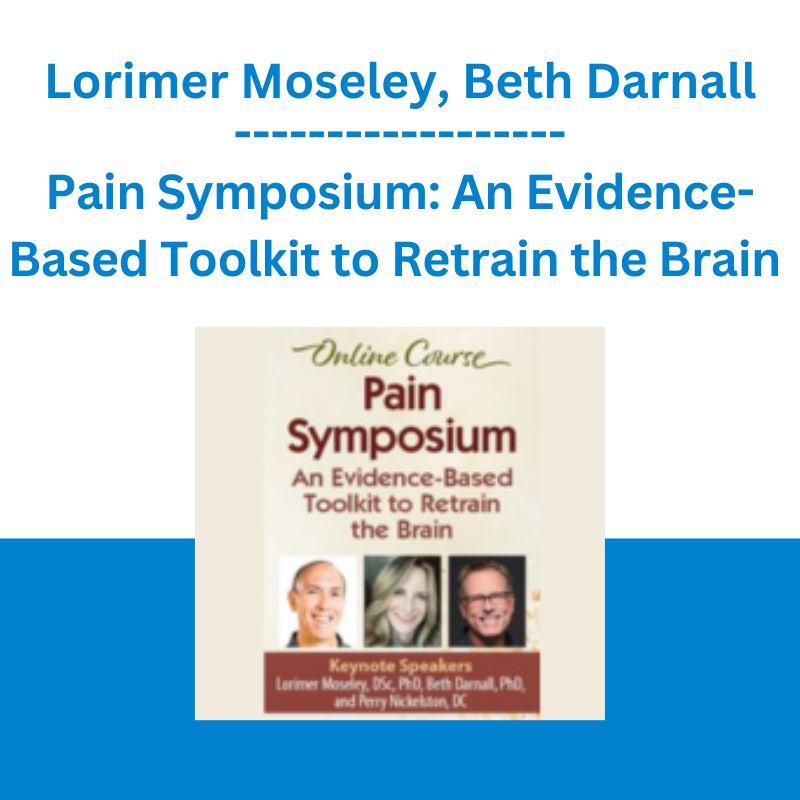
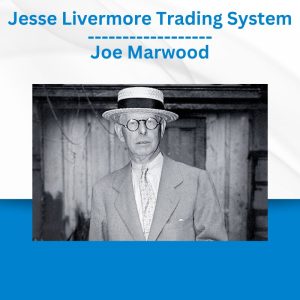
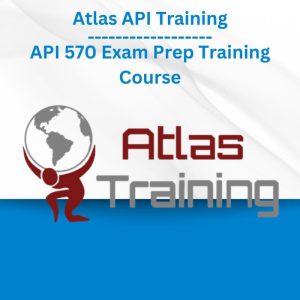

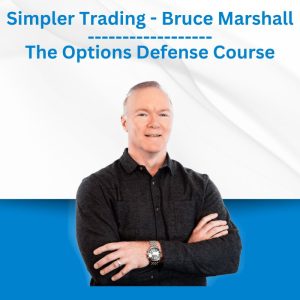
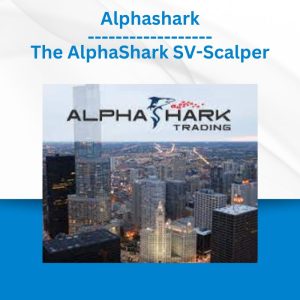


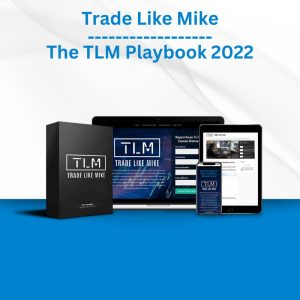
 Forexmentor - Recurring Forex Patterns
Forexmentor - Recurring Forex Patterns  Matthew Kratter - Trader University
Matthew Kratter - Trader University 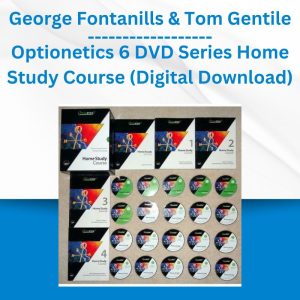 George Fontanills & Tom Gentile - Optionetics 6 DVD Series Home Study Course (Digital Download)
George Fontanills & Tom Gentile - Optionetics 6 DVD Series Home Study Course (Digital Download) 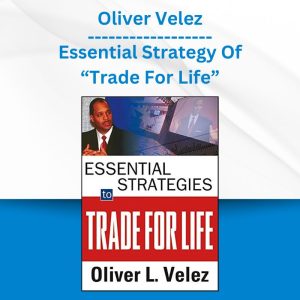 Oliver Velez - Essential Strategy Of Trade For Life
Oliver Velez - Essential Strategy Of Trade For Life  Traffic Badassery – The Brand New FB Clickbank Formula
Traffic Badassery – The Brand New FB Clickbank Formula 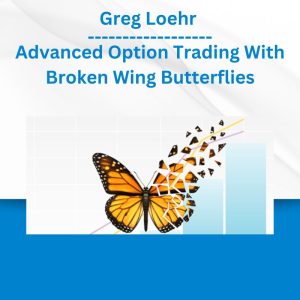 Greg Loehr - Advanced Option Trading With Broken Wing Butterflies
Greg Loehr - Advanced Option Trading With Broken Wing Butterflies  The Daily Traders – Exclusive Trading Mentorship Group
The Daily Traders – Exclusive Trading Mentorship Group 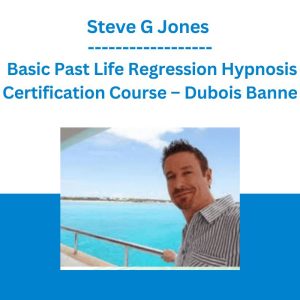 Steve G Jones - Basic Past Life Regression Hypnosis Certification Course - Dubois Banne
Steve G Jones - Basic Past Life Regression Hypnosis Certification Course - Dubois Banne 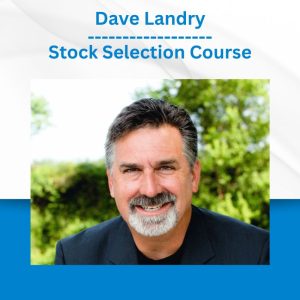 Dave Landry - Stock Selection Course
Dave Landry - Stock Selection Course  Money Miracle - George Angell - Use Other Peoples Money To Make You Rich
Money Miracle - George Angell - Use Other Peoples Money To Make You Rich  Toshko Raychev - Profit System + ITF Assistant
Toshko Raychev - Profit System + ITF Assistant  Sovereign Man Confidential - Renunciation Video
Sovereign Man Confidential - Renunciation Video 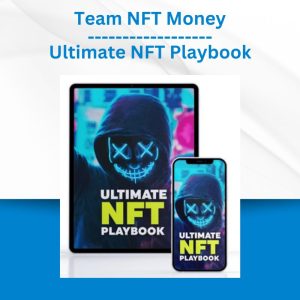 Team NFT Money - Ultimate NFT Playbook
Team NFT Money - Ultimate NFT Playbook 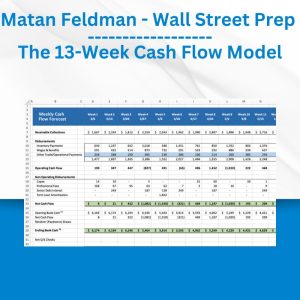 Matan Feldman - The 13-Week Cash Flow Modeling - Wall Street Prep
Matan Feldman - The 13-Week Cash Flow Modeling - Wall Street Prep 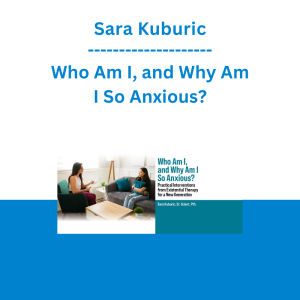 Sara Kuburic - Who Am I, and Why Am I So Anxious?
Sara Kuburic - Who Am I, and Why Am I So Anxious? 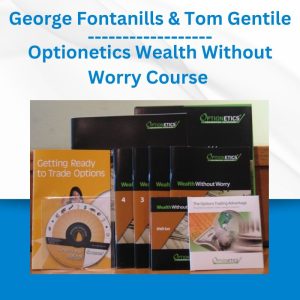 George Fontanills & Tom Gentile - Optionetics Wealth Without Worry Course
George Fontanills & Tom Gentile - Optionetics Wealth Without Worry Course 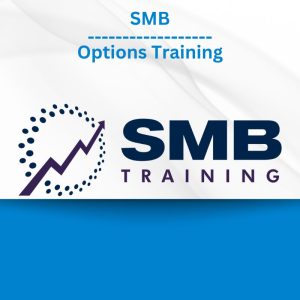 SMB - Options Training
SMB - Options Training  Fred Haug - Virtual Wholesaling Simplified
Fred Haug - Virtual Wholesaling Simplified  Chris Capre - Advanced Price Action Ongoing Training & Webinars
Chris Capre - Advanced Price Action Ongoing Training & Webinars 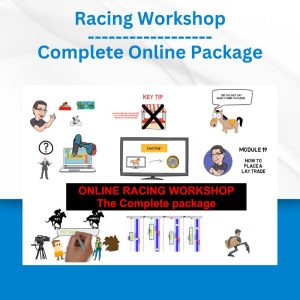 Racing Workshop - Complete Online Package
Racing Workshop - Complete Online Package 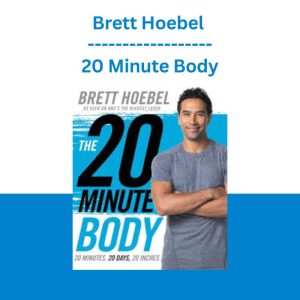 Brett Hoebel - 20 Minute Body
Brett Hoebel - 20 Minute Body  Emanuele Bonanni - My Trading Way
Emanuele Bonanni - My Trading Way  Penny De Los Santos - Food Photography
Penny De Los Santos - Food Photography  Crypto Dan - The Crypto Investing Blueprint To Financial Freedom By 2025
Crypto Dan - The Crypto Investing Blueprint To Financial Freedom By 2025  Professional Food Photography - Penny De Los Santos
Professional Food Photography - Penny De Los Santos 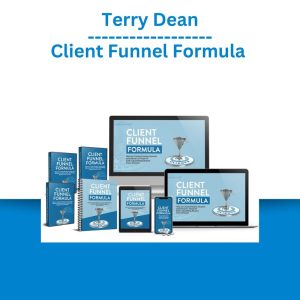 Terry Dean - Client Funnel Formula - Digital Marketing Coach
Terry Dean - Client Funnel Formula - Digital Marketing Coach 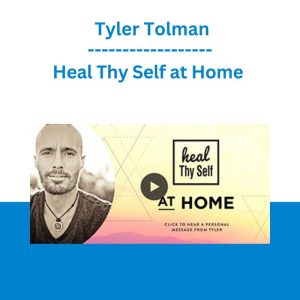 Heal Thy Self at Home - Tyler Tolman
Heal Thy Self at Home - Tyler Tolman 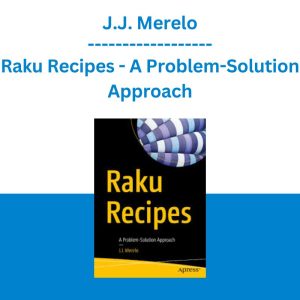 J.J. Merelo - Raku Recipes - A Problem-Solution Approach
J.J. Merelo - Raku Recipes - A Problem-Solution Approach 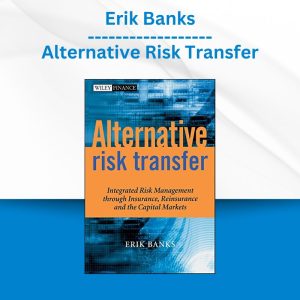 Erik Banks - Alternative Risk Transfer
Erik Banks - Alternative Risk Transfer 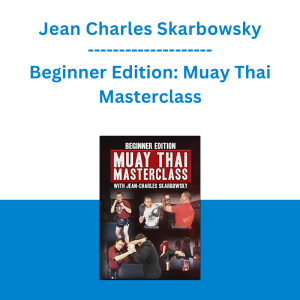 Jean Charles Skarbowsky - Beginner Edition: Muay Thai Masterclass
Jean Charles Skarbowsky - Beginner Edition: Muay Thai Masterclass